“It was 20 years ago today…”
Permanent link
I started working at the Jewish United Fund in 1994, on Oct. 10, a day after my birthday. In that time, I’ve had two marriages, three kids, three pets, eight places of residence … and one place of work.
I could tell you the story of how I came to work here, or how I got my internship here when I was still in college even before officially becoming an employee. But these stories — funny as parts of them are — would only be interesting if you knew the people involved.
I could tell you about all the Jewish history I have witnessed while here — American, Israeli, European, even African. I was in our old office building — just blocks away from the Sears Tower — on 9/11. I was here when the Soviet Jews were resuced to Israel and America (and elsewhere). I have been here through war in Israel, and peace … and then war again.
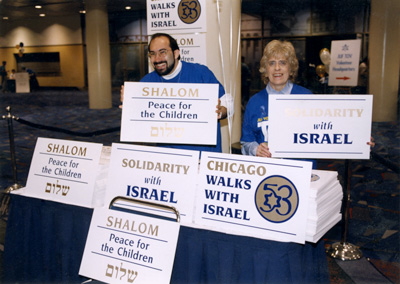
Walk with Israel 2001
I could tell you about all the amazing people I have met. Some were dedicated volunteers. Some were active philanthropists. Some were entertainers or politicians, and even the ones whose politics I disagreed with were completely in line with JUF’s mission of providing help and, admittedly, very personable and nice. I could name-drop enough A-listers I have heard, interviewed and shaken hands with to warrant its own article.
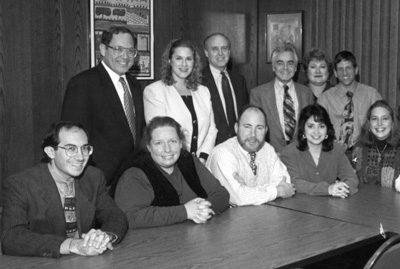
JUF's Communications department, that's me on the left
When I had just graduated college, John, the foreman in my dad’s custom furniture shop, asked me a question:
“I never went to college,” he said, “So what did you learn? I don’t mean stuff I could look up in a book. I mean what did you learn?”
This made me think for a second.
“I learned that some people don’t want your help,” I finally replied, “And that sometimes even if you ask, the answer is ‘No.’”
He smiled wryly. “It was worth it. I wish I had known those things at your age.”
So in the spirit of John’s question, here is what I have learned in 20 years at JUF:
I learned that the capacity for human beings to hope is limitless. I have seen over and over, in my years here, natural disasters devastating a town, here or abroad. But every time, JUF raises money and sends volunteers, and Israel sends a field hospital and recovery crew. We don’t know these people. We just know that they are people, and that we can help.
I learned that societal acceptance and economic prosperity create a positive feedback loop. The more open a society is, the better off it tends to be financially. Openness leads to possibility and opportunity, which lead to inventiveness and adventurousness in academics, the arts, the sciences, and commerce. Once it’s OK to be who you are, you can become who you want, and bring everyone along for the ride. The opposite environment — oppression, intolerance, and just-plain-bullying — creates the opposite, negative result.
I learned that people will always surprise you. You never know how people will react, what they will say, or if their beliefs are consistent or predictable. So it’s best to be honest and give people the chance to be kind. It’s also best to really listen — almost every time I have mentally finished someone else’s sentence, I’ve been wrong.
I learned that everyone pretty much agrees on what the problems facing society are; they just have different ways of trying to solve those problems. They are coming at the same issue from another angle, and until you trace their beliefs and methods back to their sources, you are never going to appreciate that. You can’t ever argue people out of their beliefs, even with evidence. What you can do is find out why they hold those views so strongly (hint: it’s usually fear) and then work to remove that fear.
I learned that while individuals can inspire, it is groups that accomplish, especially big things.
I learned that all the good intentions in the world cannot feed one hungry person, but even one dollar can.
I learned that any excuse is good enough to avoid helping, and any reason is good enough to start.
I learned that hate is usually the result of ignorance, and that culture — including cuisine, music, and other arts — is far from inessential and dismissible. Experiencing another’s culture, distinct as it may seem from one’s own, is the best tool for forming friendships across barriers. With every “Oh! We do that, too!” the barriers are revealed to be much smaller than we’d imagined.
I learned that when you believe in other people, and say so, it helps them believe in themselves.
I learned that Judaism works. Something about this set of rules and rituals and stories and songs and judges and jesters — all swirled together in an alchemy of uncertain proportions — led to the creation of the Jewish people, one of the most productive and resilient groups planet Earth has ever hosted. Even with every empire throwing all its laws and armies at us, we are still here, and they are in museums (that we are on the boards of). And not just here, but thriving and contributing to the world well beyond what our percentage of the population would imply.
The title of this post, of course, also opens the Beatles’ Sgt. Pepper album. That album contains the question: “Will you still need me when I’m 64?” I hope the problems that JUF addresses — poverty, persecution, passivity — are all solved by then. But in case they are not, I know that JUF will still be here, just as it has been since 1900 (and I think I know what longevity is), holding up the banner of hope.



.jpg)
.jpg)
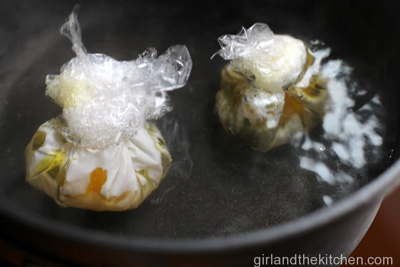

.jpg)

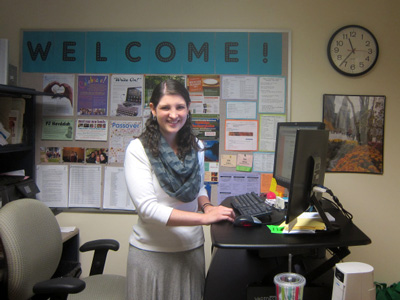
.jpg)
.jpg)
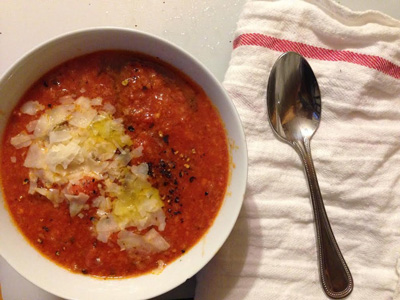


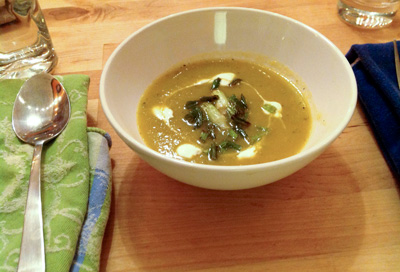

.jpg)
.jpg)
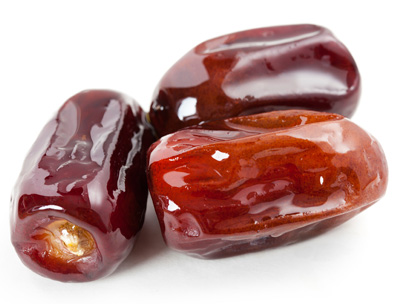
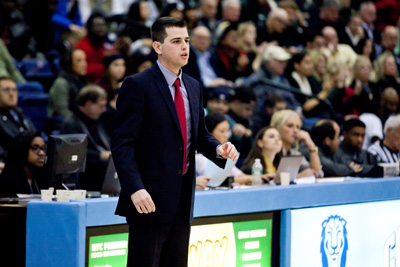
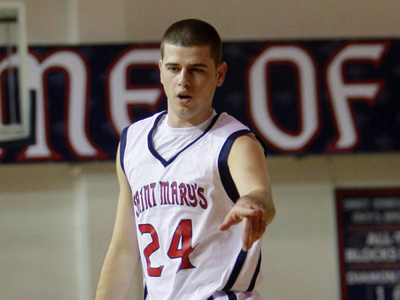
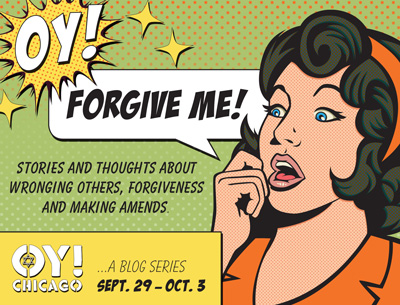
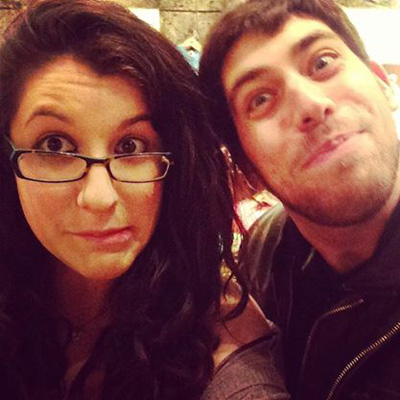


.jpg)



